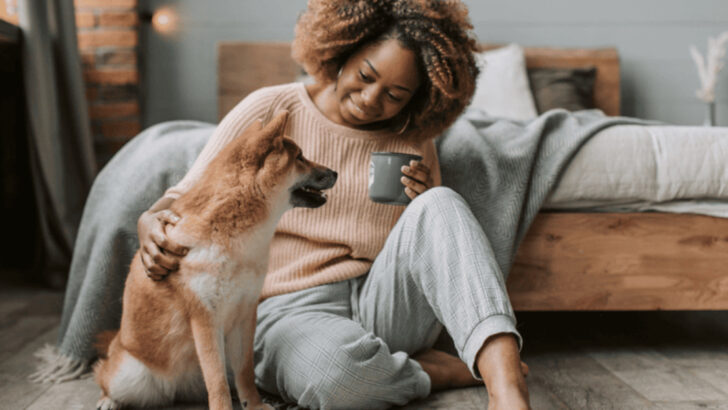Bringing a rescue dog into your life is nothing short of magical—but it’s also a journey. These dogs come with stories and emotions that need time to heal, and it’s up to you to make them feel safe, loved, and at home.
With patience and the right steps, you can help your new furry friend adjust quickly. The first few days—or even weeks—can be a bit uncertain, but don’t worry, it’s all part of the process.
Ready to create the perfect home for your rescue dog? We’ve got 18 powerful ways to help them feel like part of the family in no time. From setting boundaries to offering reassurance, these tips will have your dog wagging their tail with happiness in no time!
Create a Cozy Space
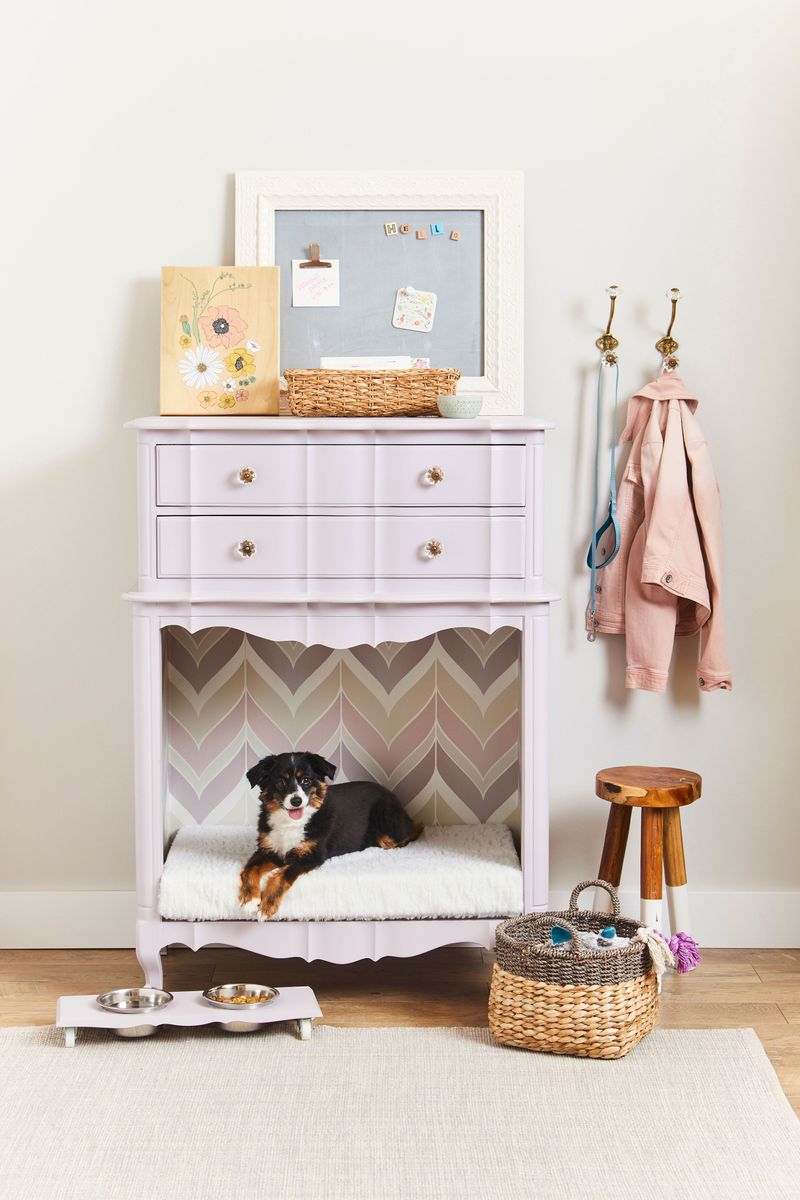
Begin by setting up a cozy corner just for your dog. Choose a quiet spot where they can retreat when they need calmness. Place a plush bed, soft blankets, and a few toys for comfort.
Ensure this space is consistently theirs, fostering a sense of security. Over time, they’ll recognize it as their own.
This special area acts as a sanctuary, especially after the stress of relocation from a shelter. Providing a familiar place helps in building trust and signals that they belong.
Establish a Routine
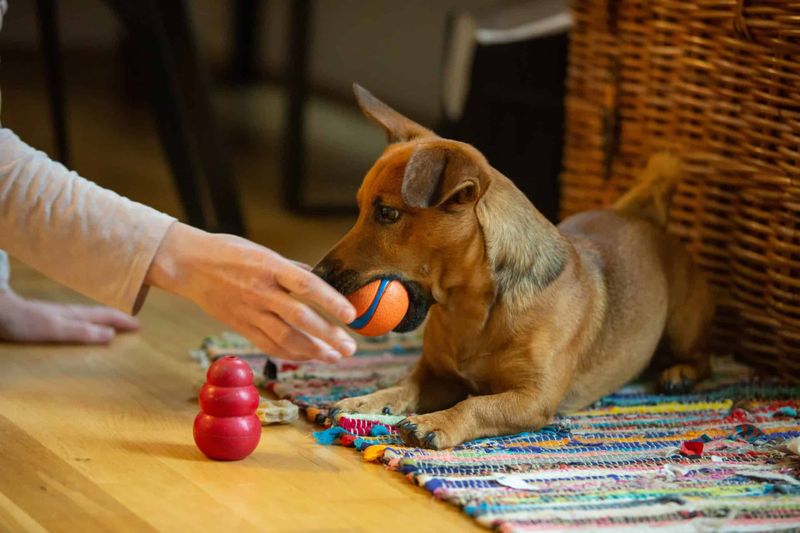
Dogs thrive on routine. Creating a consistent schedule for feeding, walking, and playtime helps your dog know what to expect each day. Keep meal and walk times as steady as possible.
This regularity offers stability, reducing anxiety and helping your dog adapt quickly to their new environment.
Over time, they will feel more confident and settled, knowing their needs are predictably met.
Introduce Gradually to Family
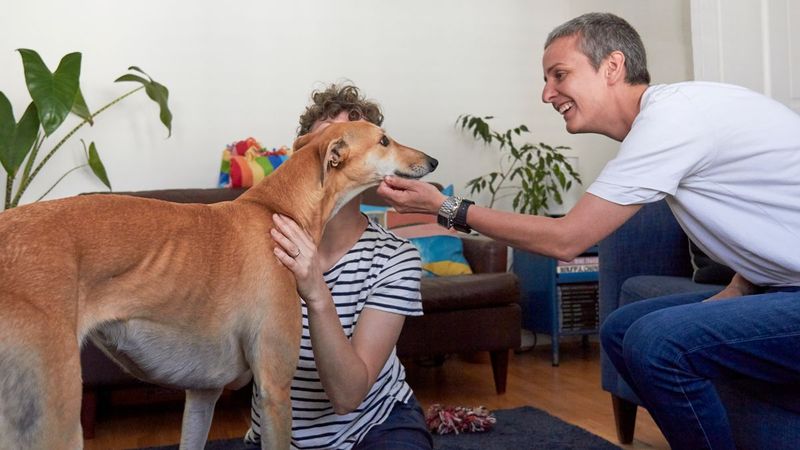
Introduce your rescue dog to family members slowly. Allow them to approach and interact at their own pace.
Begin with one-on-one interactions to avoid overwhelming them. Encourage family members to offer treats and gentle petting.
Patience is key. Gradual introductions help the dog feel less threatened, fostering trust and comfort with each individual.
Use Positive Reinforcement
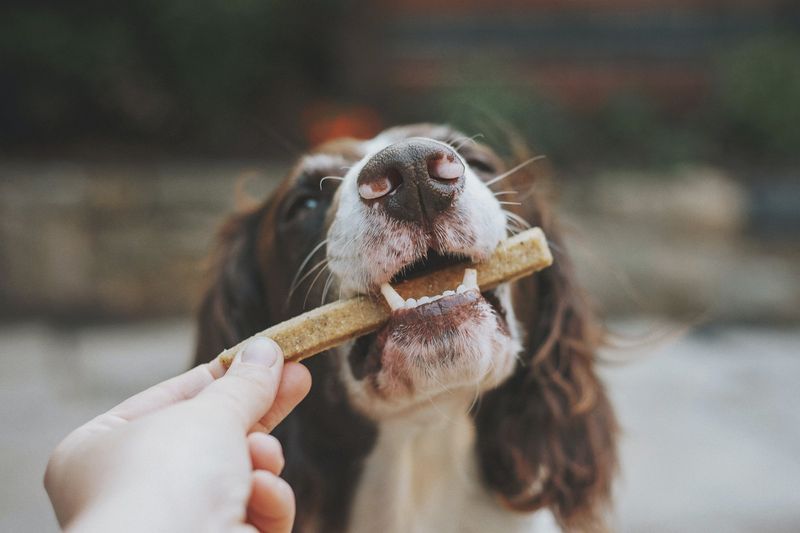
Positive reinforcement builds a strong bond. Reward desired behaviors with treats, praise, and affection.
This encourages your dog to repeat these behaviors, promoting learning and confidence.
By focusing on positive experiences, you help your dog associate their new home with safety and happiness. Consistent reinforcement aids in smoother transitions.
Provide Interactive Toys
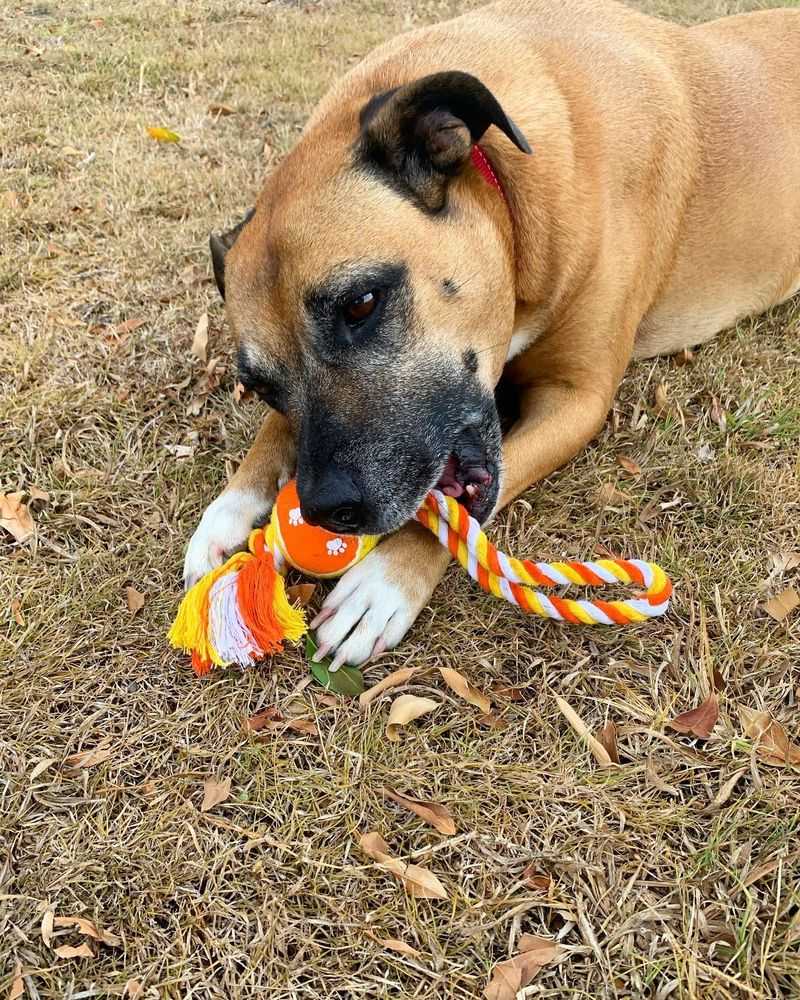
Interactive toys are a great way to stimulate your dog’s mind and prevent boredom. Choose toys like puzzles that dispense treats or chew items that keep them engaged.
These toys provide mental and physical exercise, reducing anxiety and destructive behaviors.
Regularly swap toys to maintain interest, helping your dog explore and enjoy their new surroundings with enthusiasm.
Gentle Training Sessions
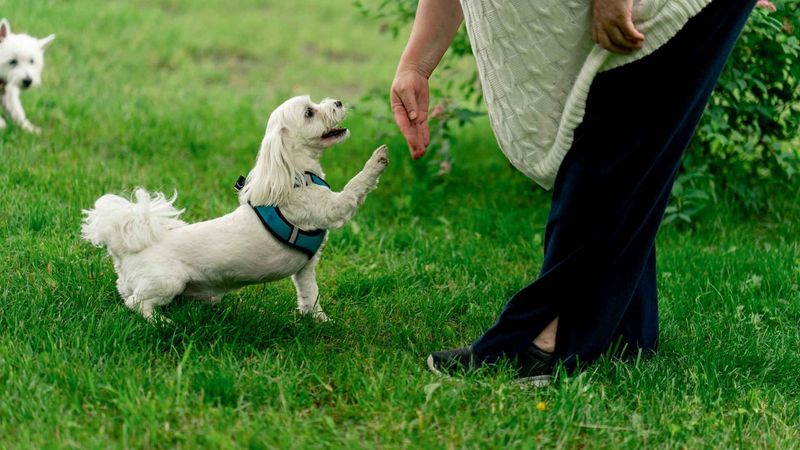
Incorporate gentle training sessions to instill good habits and commands. Keep sessions short and fun to maintain interest.
Use a calm, encouraging voice and be patient, celebrating small victories with treats.
Training strengthens your bond and helps your dog feel more secure and confident in their new environment.
Introduce to New Environments

Expose your dog to various environments gradually. Start with quiet places like a backyard or a park, advancing to more bustling areas.
This exposure helps in socialization and builds your dog’s confidence.
Allow them to take in the sights, sounds, and smells at their pace, ensuring a positive experience and easing their transition.
Be Patient and Consistent
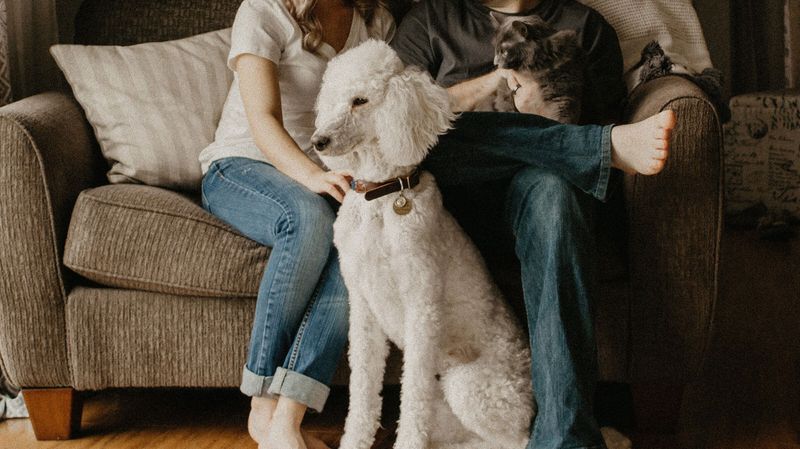
Patience and consistency are crucial in helping your rescue dog settle. Understand that adjustment takes time, and setbacks may occur.
Be consistent with routines and training, offering reassurance through calm presence and words.
Your steady support helps your dog feel secure, gradually encouraging them to open up and relax in their new home.
Provide Daily Exercise
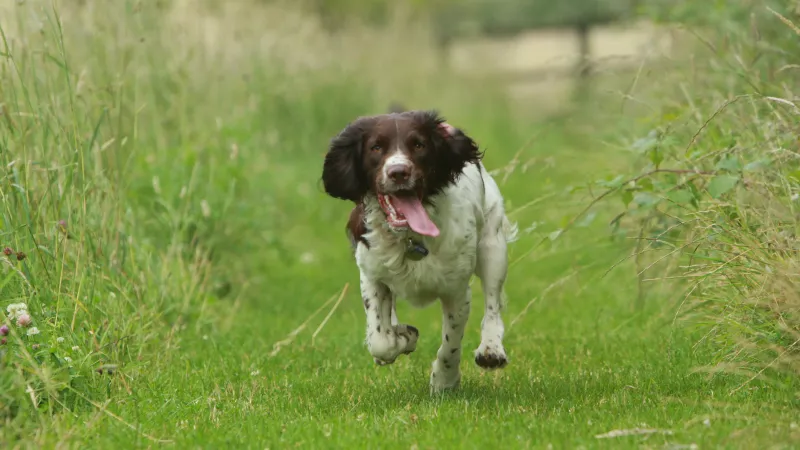
Regular exercise is vital for a dog’s physical and mental well-being. Engage in daily walks, runs, or playtime to expend energy and maintain health.
Tailor activity levels to your dog’s breed and energy levels.
Exercise fosters a healthy lifestyle and strengthens the bond between you and your pet, helping them feel part of the family.
Attend to Health Needs
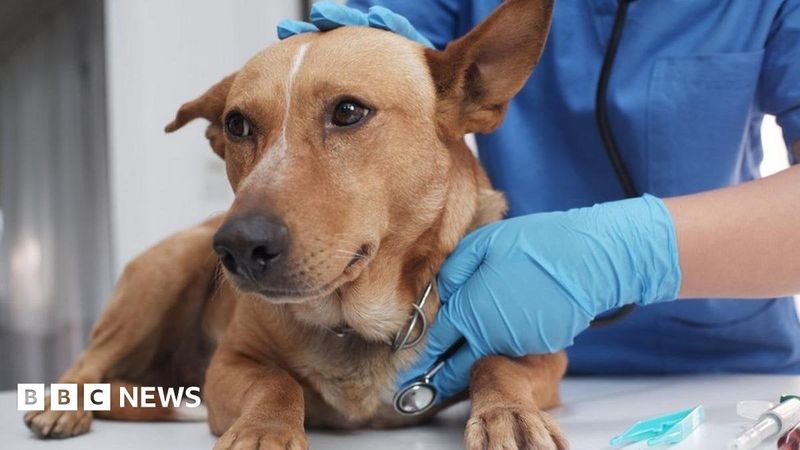
Ensure your dog’s health needs are met. Schedule a vet visit for a comprehensive check-up and vaccinations.
Discuss dietary needs, preventive care, and any behavioral concerns.
Addressing health matters promptly ensures your dog feels physically well, boosting their overall comfort and adjustment to new surroundings.
Create Safe Spaces
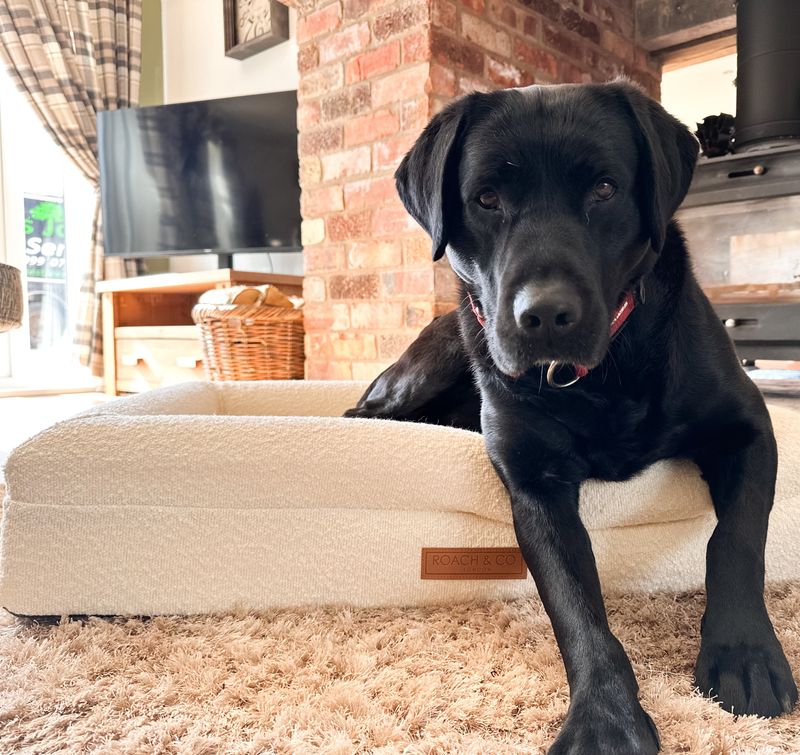
Providing safe spaces is crucial for a rescue dog’s sense of security. Set up a crate or quiet corner where they can relax undisturbed.
These spaces offer refuge from overwhelming situations, allowing your dog to decompress.
Properly introduced, a cozy space becomes a comforting retreat, helping them feel secure and at ease.
Reward Calm Behavior
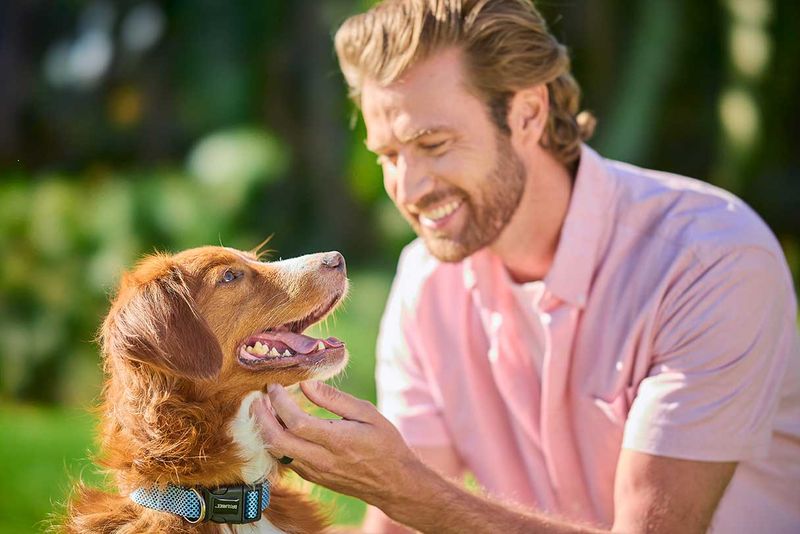
Recognize and reward calm behavior to encourage relaxation and trust. When your dog is resting peacefully or behaving gently, offer praise and treats.
This positive reinforcement helps them associate calmness with positive outcomes.
Over time, these rewards encourage your dog to remain composed, promoting harmony in your home.
Engage in Bonding Activities
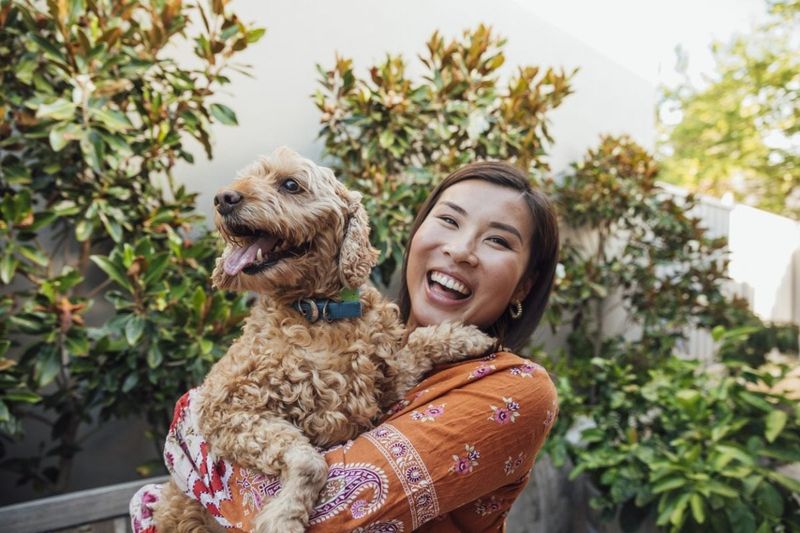
Partake in bonding activities to strengthen your connection with your dog. Engage in games, training sessions, or simply spend quiet time together.
These moments foster trust and affection, making your dog feel valued and loved.
Regular bonding activities enhance your relationship, easing their adjustment and making your home a haven of comfort.
Monitor Their Behavior
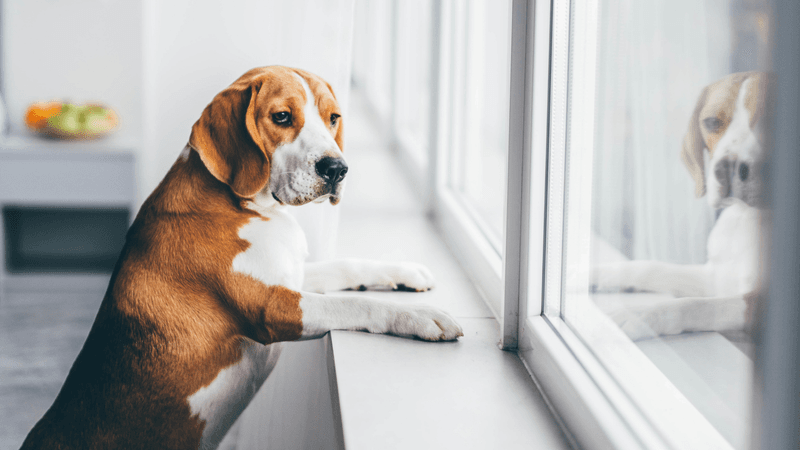
Keep an eye on your dog’s behavior for signs of stress or discomfort. Take notes on patterns and triggers to better understand their needs.
This vigilance aids in adjusting routines or environments to suit your dog’s comfort.
Being attentive to their behavior ensures a happy, harmonious home, fostering a sense of belonging.
Introduce to Other Pets
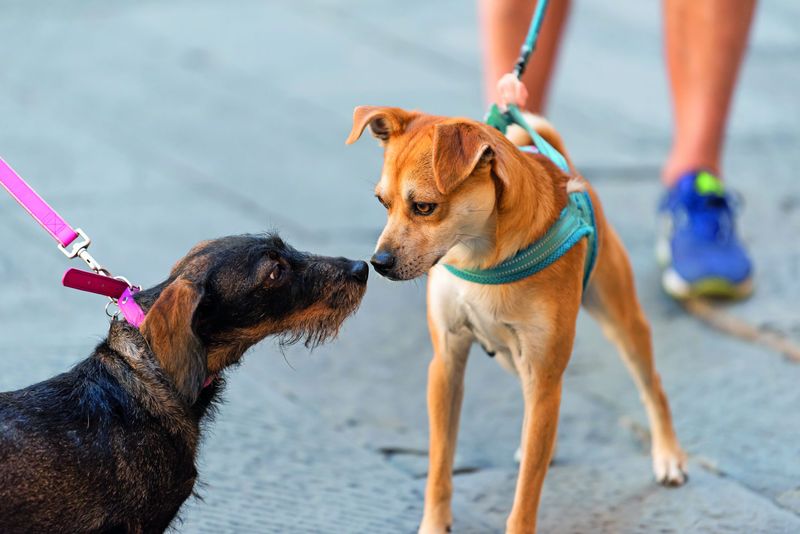
If you have other pets, introduce them to your new dog gradually. Supervised interactions with plenty of space minimize stress.
Allow pets to sniff and observe each other before progressing to closer contact.
Patience and continued supervision help foster amicable relationships, making your dog feel part of the family pack.
Use Calming Aids
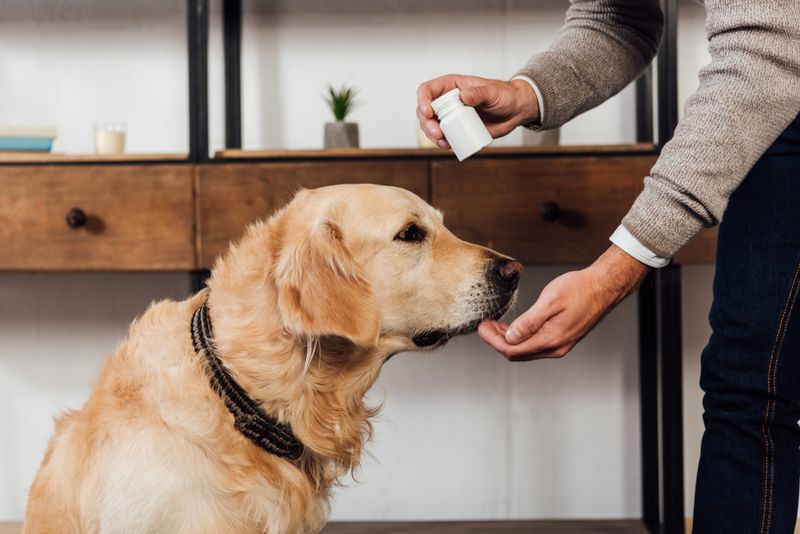
Calming aids can be beneficial in easing your dog’s transition. Consider products like diffusers with soothing scents or calming collars.
These aids can reduce anxiety and create a tranquil atmosphere at home.
Combined with a calm environment, they help your dog relax and feel secure, accelerating their adjustment.
Introduce Personal Scent
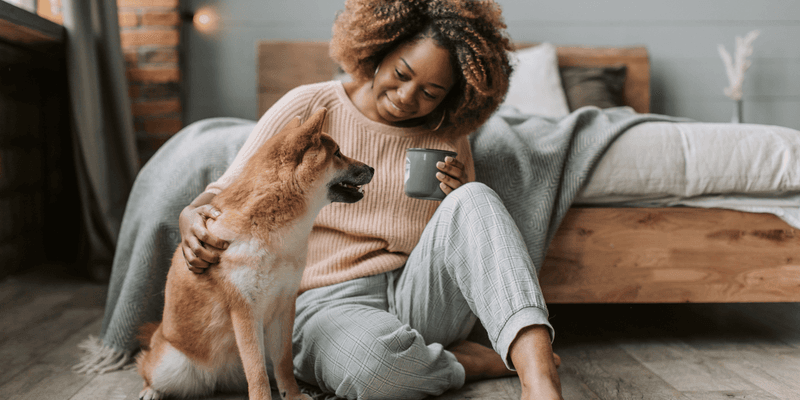
Your scent is comforting to your dog. Introduce personal items like a worn shirt in their bedding area.
This familiar scent helps them associate you with safety and warmth, easing separation anxiety.
Over time, these items become a source of comfort, reinforcing the bond between you and your rescue dog.
Be Attuned to Their Needs
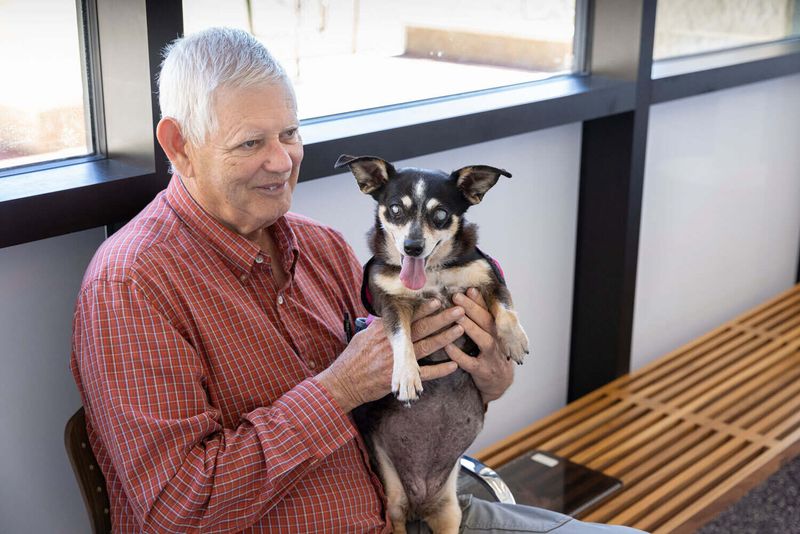
Being attuned to your dog’s needs involves observing their body language and responses. Each dog is unique, with different comfort levels and triggers.
By being sensitive to their signals, you can adjust your approach, ensuring they feel understood and cared for.
This attentiveness builds trust and reassures your dog, making the transition to their new home smoother and more loving.

